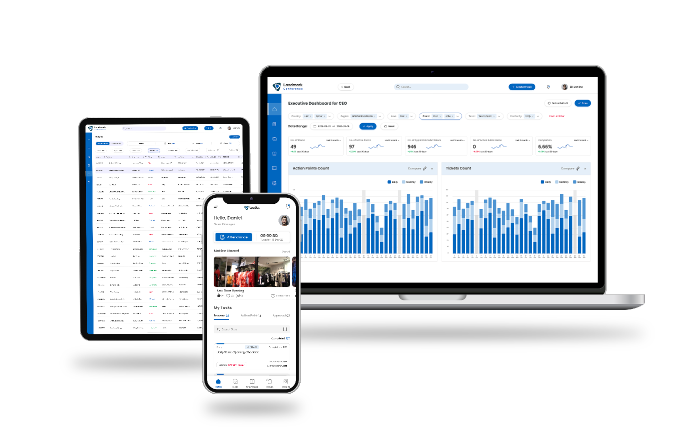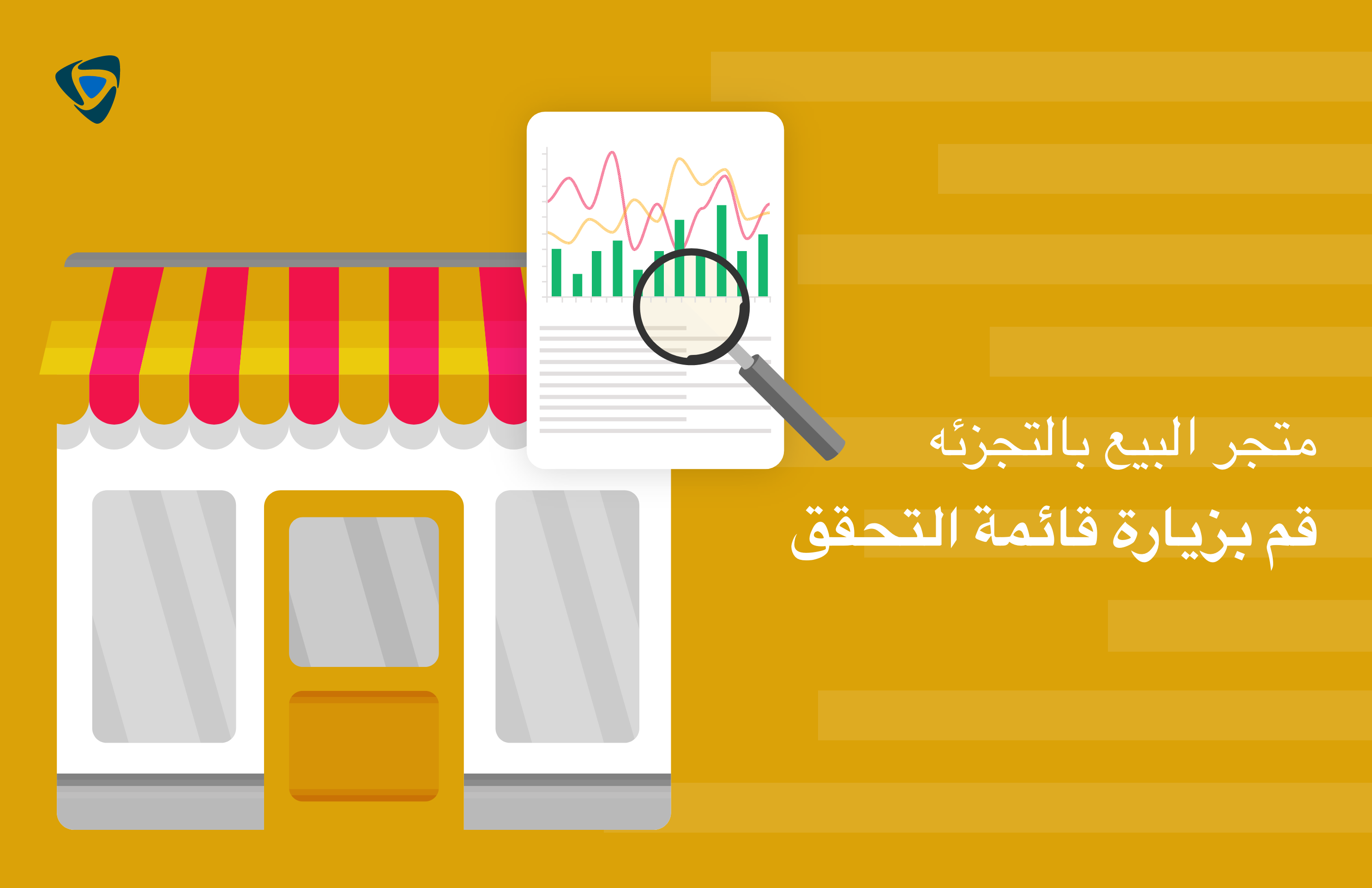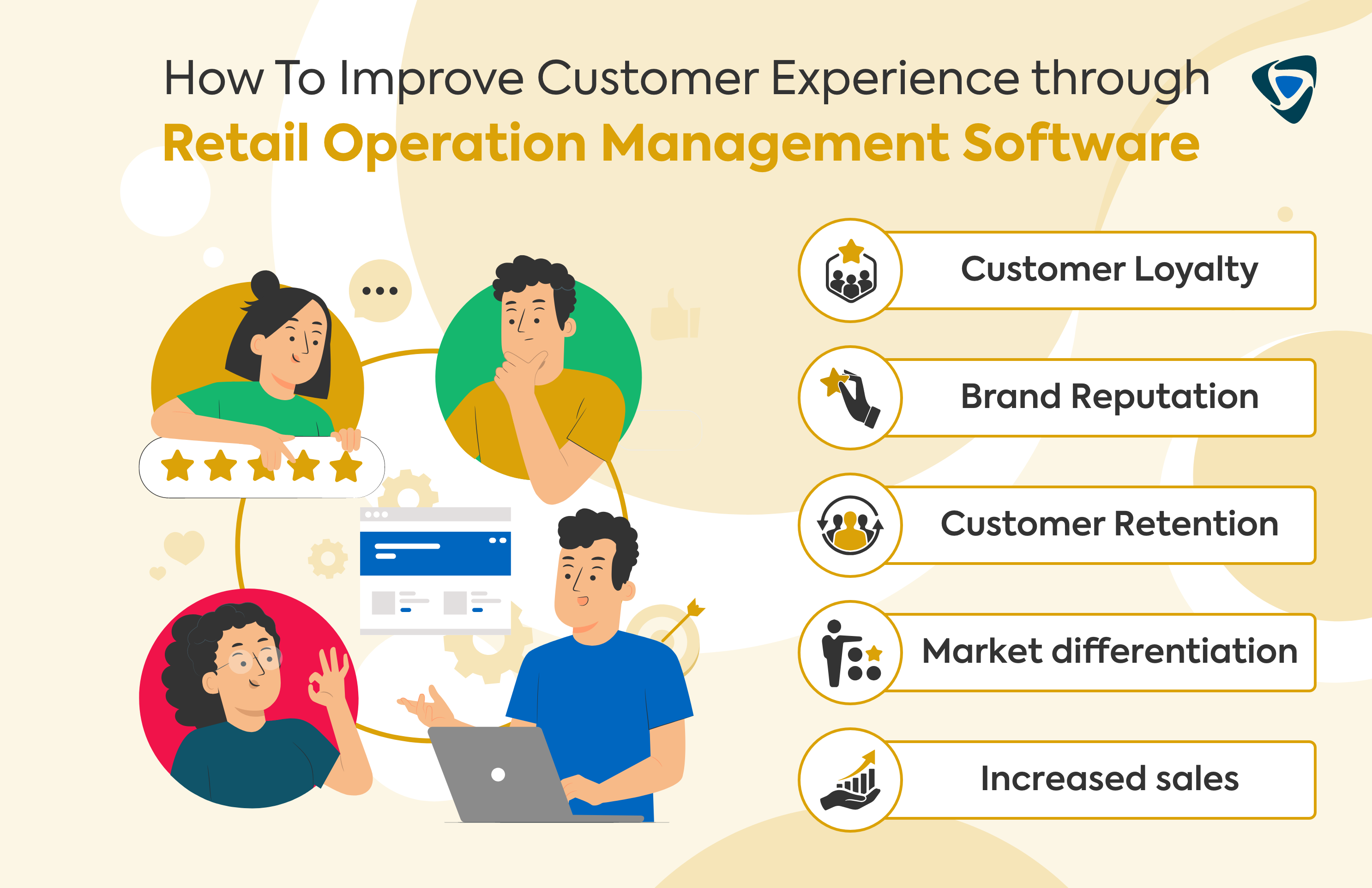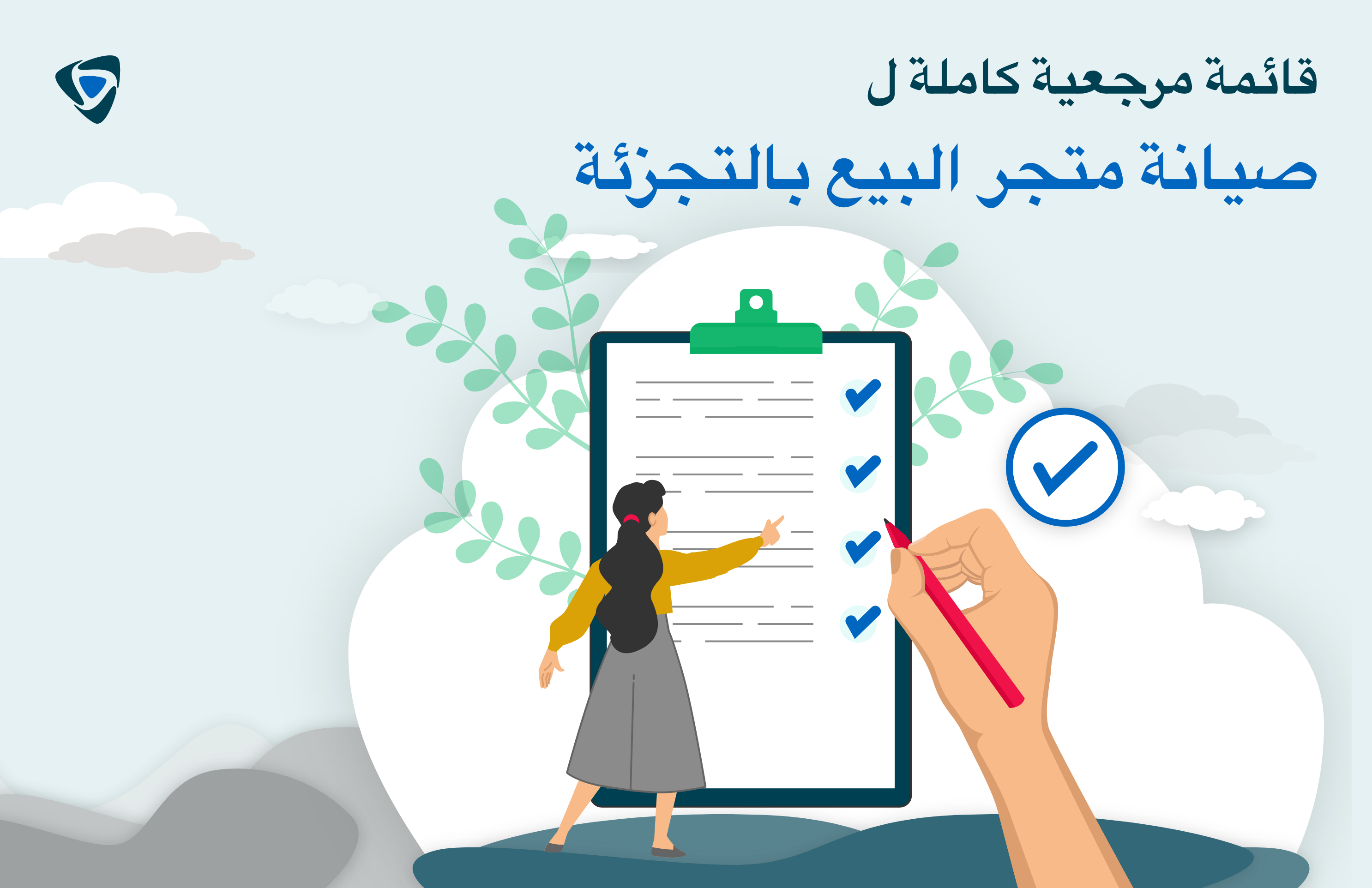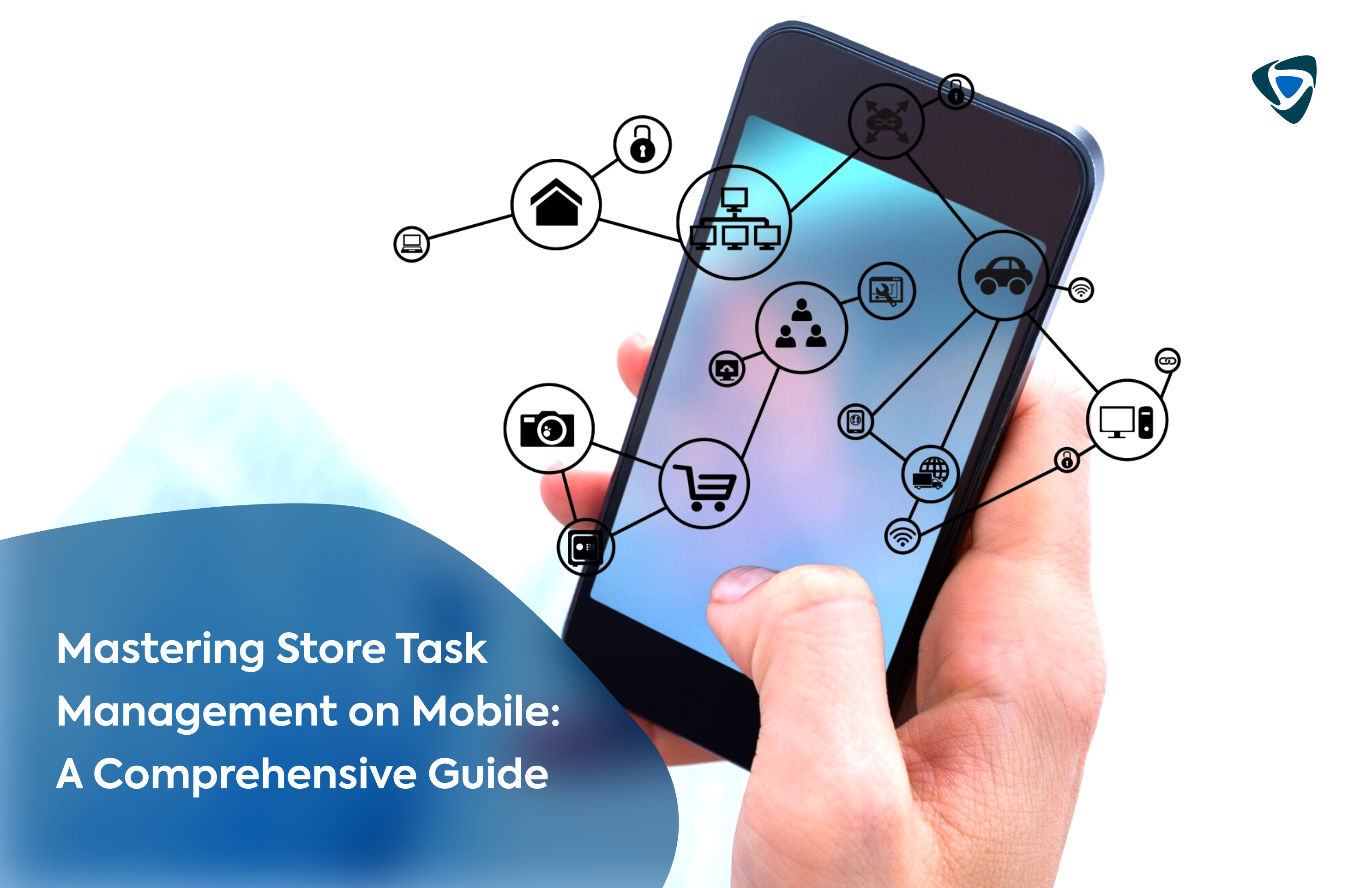Guide
Retail Store Visit Checklist: Ensure a Successful Inspection
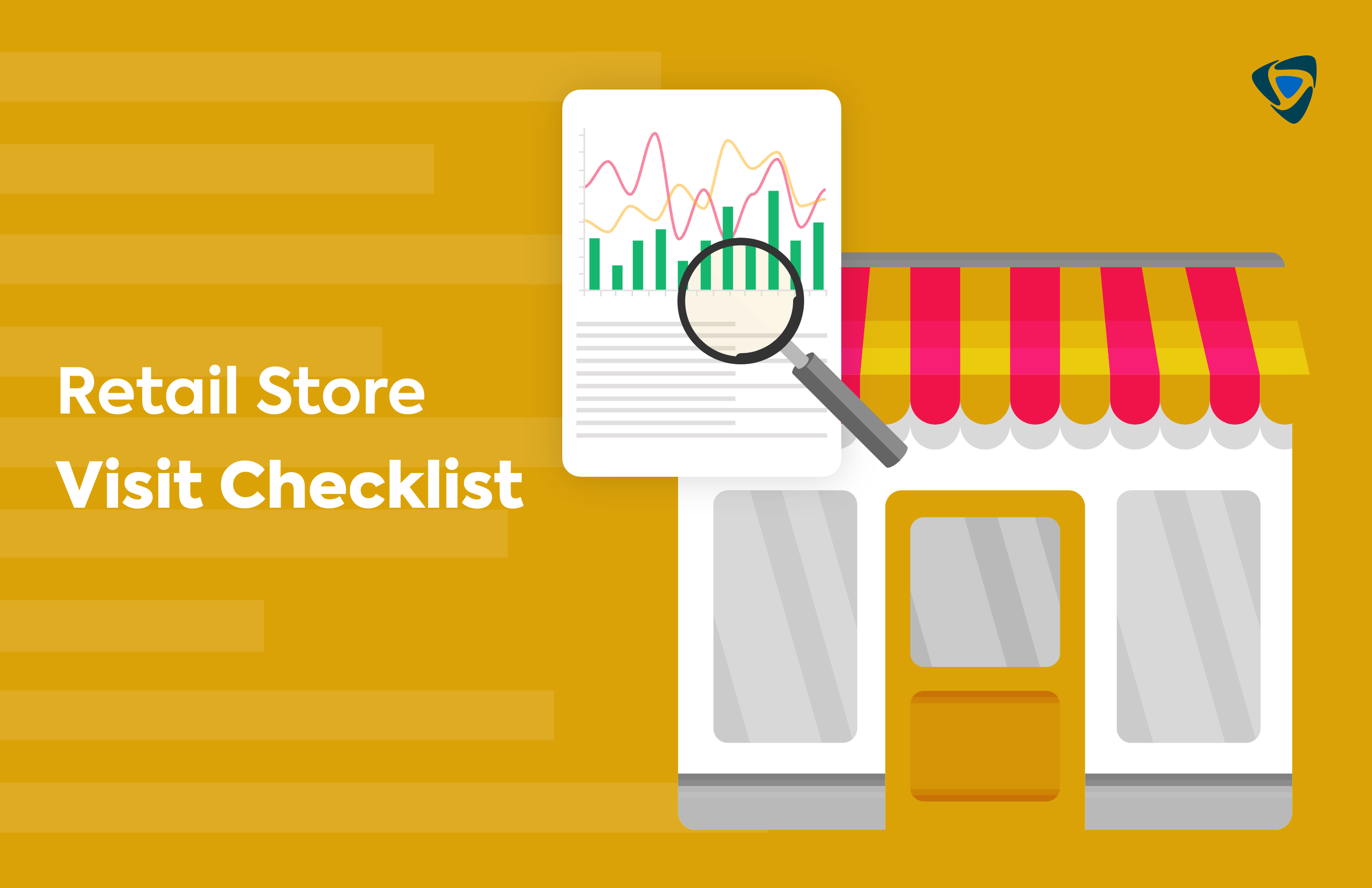
Retail Store Visit Checklist
Retail store visit checklist helps you speed up the process of inspecting a retail store from the perspective of a customer. Retail store visit checklist acts as a tool guiding you through the entire experience. Have you gone shopping at a retail store and after returning, you realize you forgot something very important? Or have you had moments where you are not sure what to look for? That’s where a Retail Store Visit Checklist comes in handy. It’s like your trusty guide that helps you make the most out of your shopping trip. Continue reading this blog to know how exactly to use a retail store visit checklist, its benefits, what are the items in a store visit checklist and where you can begin on the store visit checklist.
What is a Retail Store Visit Checklist?
Think about your retail store visit checklist like it is a shopping companion who reminds you what all you need and helps you out from spending more than your budget limits. This checklist is like your secret weapon for a successful shopping trip. It’s a list of things you should think about and do before and during your visit to the store. It’s there to make sure you don’t forget important items you need. Retail store visit checklist is designed to ensure that you have a smarter and greater shopping experience.
What is a Retail Store Visit Checklist?
A retail store visit checklist is like a shopping companion that reminds you of what you need from the store and helps you out from spending within the budget limits set. A retail store visit checklist is your secret weapon for a successful and satisfying shopping trip. It’s a list of things you should think about and do before and during your visit to the store. It’s there to make sure you don’t forget important items you need. The retail store visit checklist is designed to ensure that you have a smarter and greater shopping experience. Throughout this blog, let us explore what a store visit checklist entails, how one can prepare a good retail store visit checklist, the importance of a retail store visit checklist, and how you can improve at using a store visit checklist.
What does a store visit checklist cover?
Store visit checklist is a useful tool that is used by retail managers and auditors to inspect and assess the various key factors of a retail store’s operations. The store visit checklist serves as a guidance tool in the assessment process when visiting a store right from the shopping experience as you step into the store to purchase items till you walk out of the store. The retail store visit checklist covers everything you need to be prepared for before the store visit, while you are shopping and items for you to look into after the shopping visit. Here is a gist of what a store visit checklist covers-
- Pre-visit Preparation
Doing a prep up before actually walking down to the store will keep you prepared, ready and all set to conduct a full-fledged inspection. Here is what you need to do while preparing to visit a retail store:
- Identifying the goals: The retail managers or auditors should have a clear idea of the areas you committed to assess so that you can avoid getting sidetracked by other factors at the store.
- Research: Do a study on ongoing promotional and marketing activities and take note of it. This will help you be prepared to inspect whether the store is up to date with the promotional guidelines
- Check the working hours: When there are multiple retail stores across various locations, sometimes all the stores does not have the same working hours. Therefore, it is very important to take note of the working hours and select a time window best suited to audit each retail store individually.
- Store Navigation
When it comes to store navigation, a retail manager or the auditor should be able to assess all the key factors that add to easy navigation right from when a customer enters the retail store premises.
- Exteriors: Check if the parking slot is easily accessible and if it directs you to the store entrance without any confusion. Take a look at the distance from the parking area to the store entrance to assess whether it is convenient for the customers to get into the store and carry their shopping bags easily to their vehicle.
- Store Layout: As you enter the store, make sure the store layout is as per the guidelines set by the retail management. Inspect if all the different sections and departments of the store are easily accessible without being lost.
- Signage: Check if the store offers an organic flow to navigating the store with signages and name boards indicating and guiding you to the products you want.
- Assessing Store Ambiance
A great look and feel of the store is very crucial when it comes to retail business. The ambiance’s impact on a customer has a long-lasting effect on the customer experience. The customers remember a great store ambiance and how it made them feel even after the shopping experience was over.
- Cleanliness: Cleanliness includes every factor that contributes to keeping the store neat, tidy, and hygienic. A well-maintained store always creates a welcoming environment for its customers and visitors offering them a great shopping experience.
- Store Lighting: Inspect the effectiveness of store lighting. Is it too bright or dim or pleasant lighting? Are important products highlighted with the help of lighting? Does the store lighting add value to the overall experience and good ambiance? These are questions that a retail manager or auditor should consider when they are visiting a retail store.
- Background elements: Take a closer look at the music set by your retail store as it sets the tone for your store. Make sure it is not too loud that customers can’t talk to each other or are unable to hear store announcements. Another element that contributes to the ambiance and shopping experience is the smell of a store which should be not too intense but very pleasant.
- Product Selection & Evaluation
Every retail store has a set planogram, product placement, and other visual merchandising elements that contribute to the overall in-store experience. Retail managers or auditors should take a closer look at these important factors to look for areas of improvement.
- Product display: Here ask questions like, Are the products displayed as per the guidelines provided? Can you check out the price details of the products comfortably? Similarly, assess all the product browsing experience at the store and note down any areas of improvement.
- Stocks and promotions: Inspect every shelf of the store, are the products restocked properly? Is there any old stock on any of the shelves? Ensure that all shelves have products that are fresh and in good condition while adhering to all promotional guidelines.
- Store teams: Interact with the store team members for product information. Analyze the knowledge of the store teams and if they are up-to-date with all the latest information.
- Customer Service Experience
Customer service is one of the most important elements that also has a long-lasting effect on the customers. Your customers will surely remember how they were treated for the longest time. Great customer service is what paves the way for a loyal customer base.
- Evaluating the attentiveness and friendliness of staff: Ensure that the store team members are attentive and friendly staff making the customer experience really better and catered to. Note down any areas of improvement.
- Reviewing the returns and exchange policy: Make sure you take note of the return and exchange policies to make sure everything is clear in the future if you want to return or exchange the product.
- Noting the availability of customer assistance: How fast do you get customer assistance when you need help? Is the customer well-informed and trained to cater to your needs and queries?
- Checkout Process
In a busy retail store environment, the checkout process is normally dreaded by the customers. Ensure that there is a smooth checkout process by assessment of the following important factors-
- Analyzing the efficiency of checkout lines: Take a look at the time taken to process payments of each customer. Does the move to the next customer fast or is the payment process really slow?
- Noting the availability of self-checkout lines: Having self-checkout helps you process payments faster especially when you don’t have a lot of items.
- Evaluating payment methods and options: Make sure they take the payment option you prefer whether it is cash, debit card, credit card, or online payments.
- Assessing the clarity of receipts and return policies: Your receipt should be clear so that you can read through everything and understand the return policy.
- Post-visit Reflection
Once you are done with the checkout process and walk out of the store, it is important to take all your findings back. Take all the research and findings to identify areas of improvement as well as areas of appreciation.
- Reviewing your shopping experience: What went well? Is there anything you would do differently?
- Providing feedback to the store: Letting them know about your experience and suggestions will help the store to improve.
- Sharing your experience on review platforms: This would help other shoppers to plan their shopping better.
- Planning for future store visits: Think about how you can make your next trip even smoother and a convenient experience.
Example: Here is a quick example of what a retail store visit checklist looks like-
Date
Store:
Store visits conducted by:
- Ensure that store walkthrough by store manager is being conducted regularly.
- Monitor whether the store is set in accordance with the latest store planogram.
- Assess whether the marketing and other promotions are set up properly,
- Monitor whether stores are maintained clean and tidy
- Inspect the stocks in the storeroom.
- Monitor whether the store team members are signing in their attendance sheets properly.
- Check if the store teams are conducting regular maintenance and safety tasks.
- Ensure that the store team members are sending the EOD reports every day.
- List the areas of improvement and your feedback.
- Analyze the daily store team performance and store team huddles to see if they are productive.
Why store visit checklist is important?
We have all walked into a store and then forgotten what we needed or been confused by the list of choices of products. A retail store visit checklist keeps everything organized and saves your time from roaming around stores aimlessly inspecting the store. Below are the 3 key positive impacts the store visit checklist brings to your table.
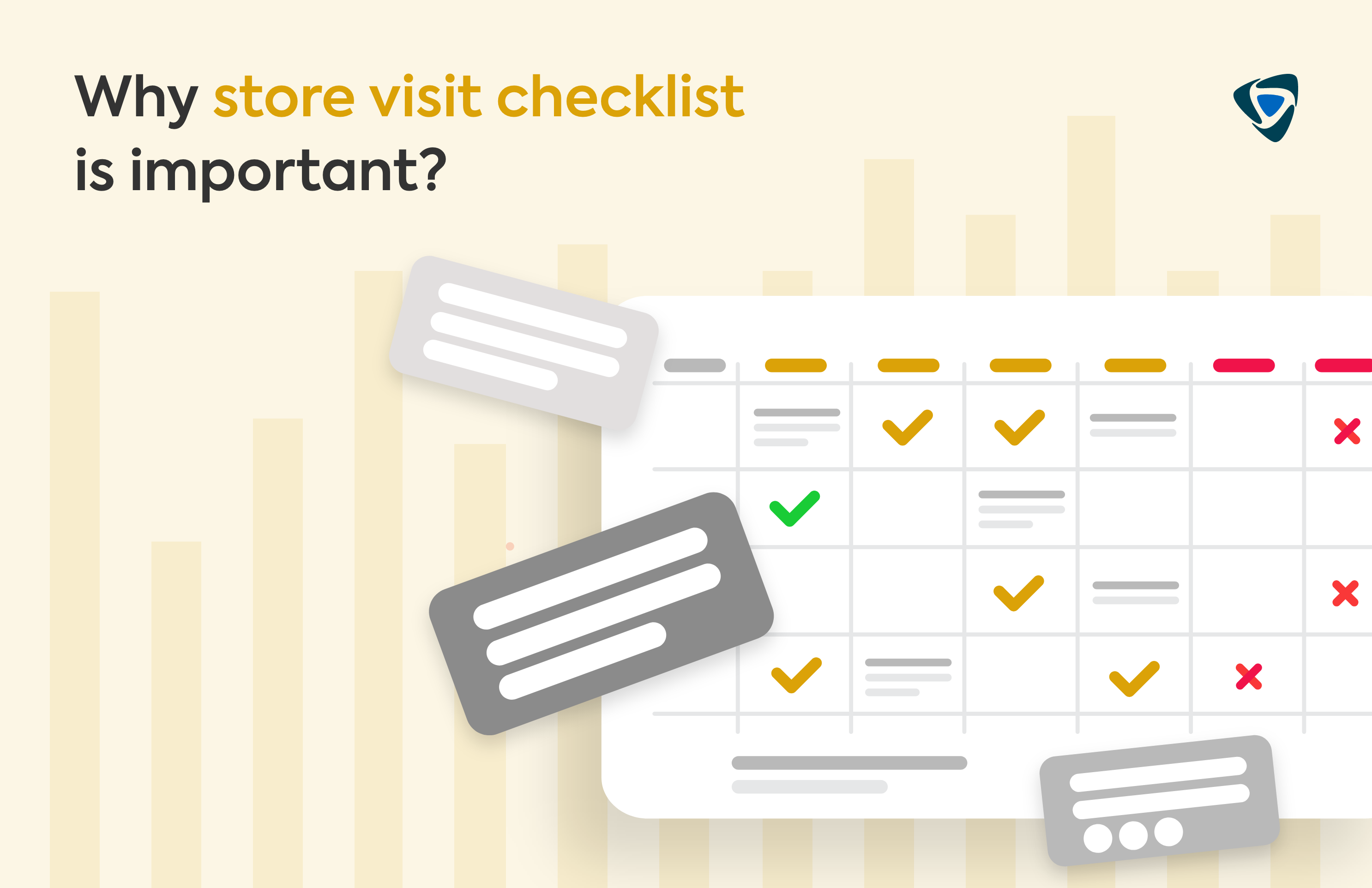
- Consistency: The retail store visit checklists help tremendously in building consistency and standardizing your retail store across multiple locations. The retail store visit checklist ensures that every store outlet agrees to the same operational standards. This consistency and standardization help you in building a strong brand identity with a loyal customer base.
- Store Performance Evaluation: Retail store visit checklists help you evaluate every key performance factor of a store in an organized and structured manner. With the systematic assessment of these important factors like a store display, visual merchandising, customer service, and more, managers or auditors can deduce the areas of improvement. this helps in building and growing your retail stores with targeted training and development activities.
- Issue Identification and Resolution: Store visit checklists help in the early identification of issues or non-compliance with company retail guidelines. By identifying problems during store visits, retailers can take prompt corrective actions to minimize losses, improve efficiency, and enhance the overall shopping experience for customers.
The store visit checklist reminds you to take a look at the quality of the item, compare products, and make an informed choice of product ensuring you get to buy the best item for your needs. In short, a store visit checklist makes you well-prepared to have a great shopping experience and to make the best buying choices. So, next time you head out to a retail store, don’t forget to get your checklist.
How to improve retail store visit using a checklist?
When you are looking to improve the effectiveness of your retail store visit checklists, you must create comprehensive checklists that are in alignment with the goals and standards of your retail brand. The checklist should begin by defining clear objectives of the retail store visit checklist like assessment of visual merchandising and customer service. In addition to all this, take the help of technology to streamline the checklist, tasks, and processes. With retail store visits on checklists on platforms like Taqtics, you can enable real-time data collection and automated reports with clear data insights that can help you focus on areas of improvement.
 Schedule A Demo
Schedule A Demo 


